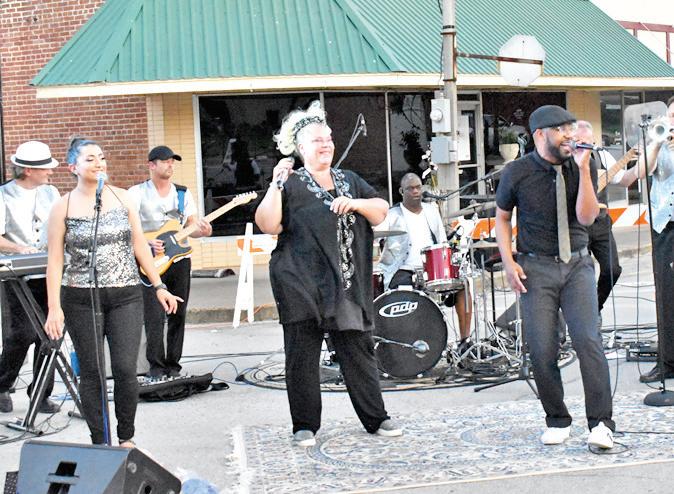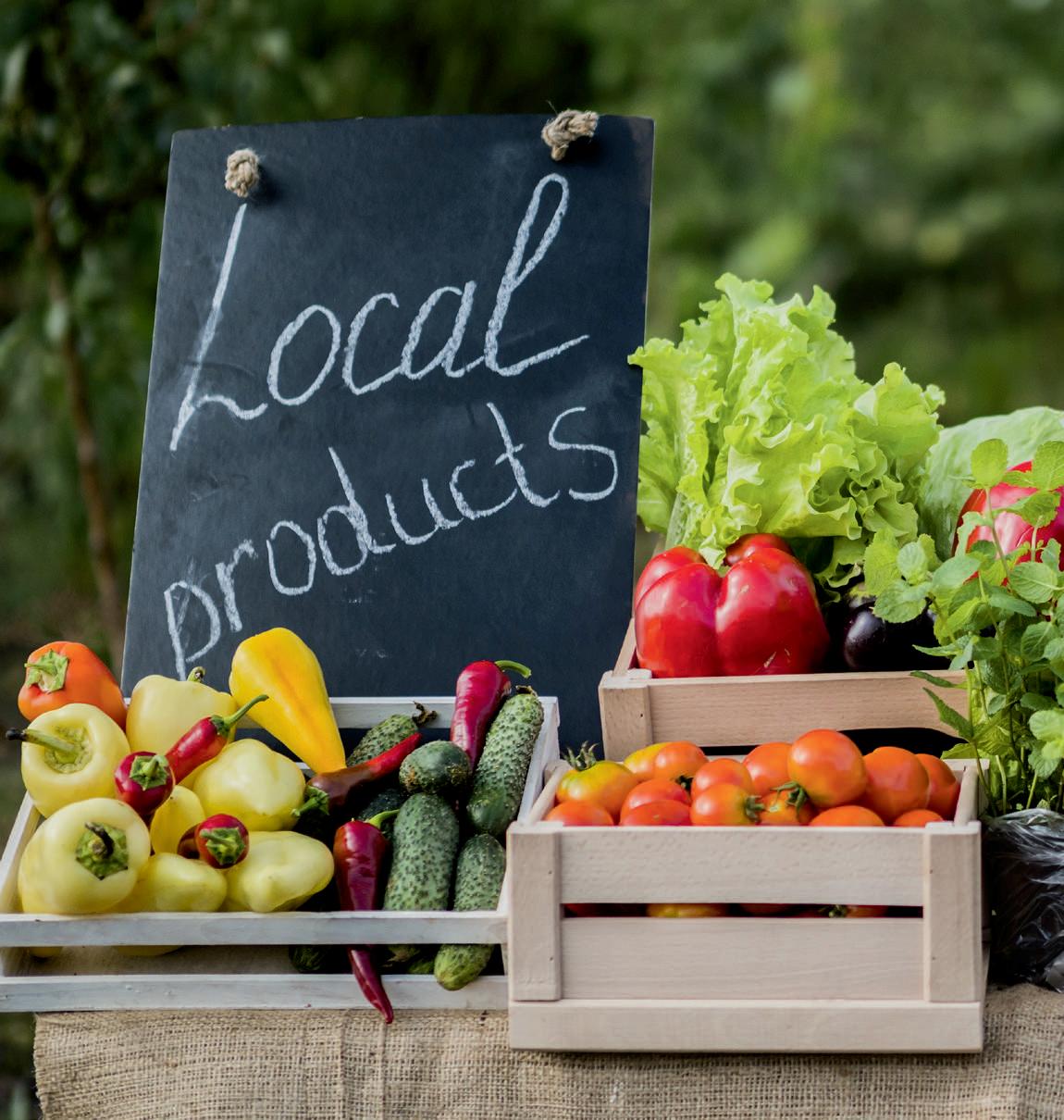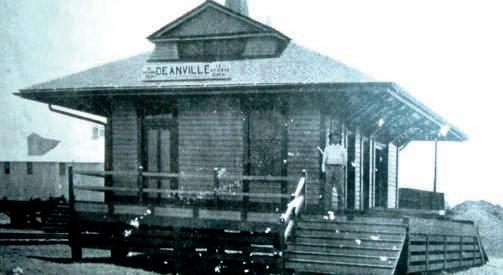
4 minute read
Deanville Depot

Called the Gateway to the Brazos Valley, Caldwell is the perfect place to start your journey. Our downtown area boasts the 95-year-old Burleson County Courthouse (built in 1927 the fourth structure on that site) as well as numerous historic buildings on the Square. Since 1846 when Caldwell was designated the county seat, we have welcomed visitors from all over the world. Today’s Caldwell is proud of its Czech heritage, hosting the annual Kolache Festival with over 15,000 visitors to numerous smaller events for visitors and residents alike.
Our historic downtown boasts businesses to get your work accomplished and a variety of small-town restaurants offering homemade breakfasts to kick off your day and live music and wine and beer in the evenings. And our local retailers can outfit your house to your closet with all the latest trends with a home town feel. Or you can pamper yourself with a visit to a local barbershop on the square, hair and nail salon offering the latest looks, or even indulge your pooch with our downtown groomer shop. Our greater Main Street area continues to update its look and feel while celebrating our historic heritage. A stroll through our Main Street area will help you to see why folks in Caldwell call this home.
Photos courtesy of BC tribune.
Farmer’s Market
Located near the Burleson County Courthouse Every Saturday.
The Burleson County Farmers’ Market is a popular attraction for local farmers to provide local, fresh produce to the residents of our county for many years. You will find a large selection of fresh vegetables, fruit, honey, jams, pickles, salsa, eggs, coffee, breads/baked goods, processed meats/poultry, and much more. Our market has become a regular destination for our residents not only for fresh produce but also for great conversation and fellowship just like barber shops in the old days. Vendors are set up on S Echols Street in front of the Burleson County Courthouse, located in historic, downtown Caldwell. The market is every Saturday all year from 7 am to noon.

HISTORIC DEANVILLE DEPOT

Burleson County is ingrained in an abundance of Texas history. The Deanville area is a part of that era, beginning in 1840 when Horatio Chriesman, one of Stephen F. Austin’s chief surveyors, decided to become the first settler on the banks of the Yegua River, what was to become the county’s western boundary. Chriesman donated fifteen acres of land to be used as a church/school and a cemetery, presently called Chriesman Chapel Cemetery.
It was in 1872 that local entrepreneur, James Dean, decided to open a trading post to serve the drovers of the Chisholm Trail, of which Burleson County was a thoroughfare. At that time, most of the terrain was open prairie land with good grazing and an abundant supply of fresh, spring water. A good resting spot for the cattle, before moving the herd north to the Kansas rail heads. Dean saw an opportunity to sell supplies locally, rather than the drovers having to go the ten miles to Caldwell. At the same time, emigrant farmers came to Burleson County and began settling in the area. When a post office opened in 1873, they named the small community Deanville.
In 1880, Santa Fe railroad opened a line from Houston to Temple, serving the north/south communities of Somerville, Lyons, Caldwell and Chriesman. In 1913, Houston and Texas Central railroad opened an east/west line from Giddings, incorporating the communities of Deanville, Caldwell, and Cook’s Point. In those days, to be on the railroad route was a huge advantage. Not only was there passenger service to each area, but also mail service, merchandise, lumber and hardware, livestock and food supplies.
Soon Deanville became a major trade area for western Burleson County with a school, 2 churches, 3 cotton gins, a cotton warehouse, bank, doctor’s office, pharmacy, 2 mercantile stores, 2 blacksmith shops, 4 garages, 2 grocery stores, and ice house, barber shop, lumber yard, post office, fraternal lodge, and some 200 inhabitants.
In the 1950s, railroad’s diesel engine locomotives replaced the old steam engines, which could only travel 10 to 15 miles before having to replenish its water supply. Also, by then, highways were paved and truck hauling was becoming
PRESERVING HISTORY
more accessible. This lead to better access to towns, jobs, and businesses. By 1970s, the Deanville community had regressed to a population of 100, as had the communities of Lyons, Clay, Chriesman, and Cooks Point.
The Deanville depot is the last surviving depot of the ten depots that operated in Burleson County. The crown jewel of Burleson County’s depots was the beautiful brick, stucco, cobble stone building that was located at the corner of Buck St. and Stone St. Somerville had the honor of having the Harvy House, a grandiose building that housed a five star restaurant and hotel that served the railroad passengers. Both of these structures have disappeared in the name of progress. By fate, the Deanville depot is the last remaining depot in the county. Even though it is the smallest, it is the only depot building that will represent the other depots.










